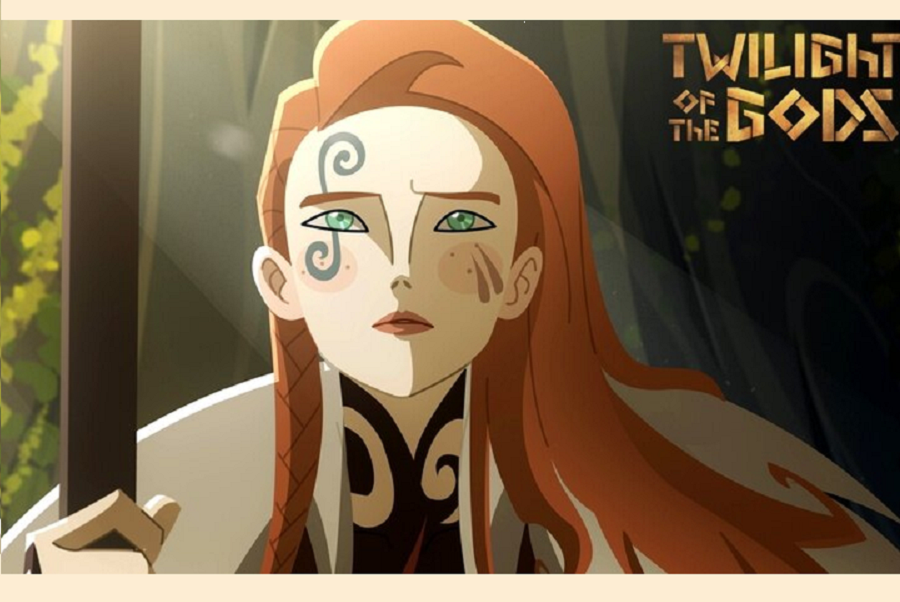Zack Snyder's first-ever animated series pays tribute to Norse mythology

Published :
Updated :

Anyone who played God of War Ragnarök or read Neil Gaiman's Norse Mythology knows how rich and intriguing Norse mythology can be. Zack Snyder is known for his larger-than-life portrayal of heroes, characterized by intense action sequences in films like Justice League and gritty character portrayals in Watchmen.
Bringing Zack Snyder and Norse mythology together by Netflix might be the best combination to retell the ancient lore in Snyder's signature style. Hence, the creation of Twilight of the Gods is a homage to Norse mythology in the animated style.
Twilight of the Gods is an eight-part series set in the brutal gods-and-monsters world of Norse legend. There are two lead characters, Sigrid, a fierce half-giant warrior woman, and King Leif, her betrothed, as they navigate the treacherous paths of revenge, betrayal, and celestial war. The moving plot point of the show is Sigrid's quest to avenge the massacre of her family at the hands of Thor, a blood-soaked mission that takes her and Leif across the realms, confronting gods and men alike.
What Snyder does best in Twilight of the Gods is to create a stunning visual experience, showing his iconic use of slow motion and striking compositions. The series is rendered in a mesmerizing 2D art style, offering viewers vibrant scenes of lush forests, icy landscapes, and raging battles. Snyder's cinematic imagery adds depth to the mythical world, displaying his signature style.
One of the more daring aspects of Twilight of the Gods is its willingness to embrace the darker, grittier side of Norse mythology. Snyder's version of the gods is far from the heroic, polished figures of Marvel's Thor franchise.
Here, the gods are deeply flawed, driven by vengeance, lust, and pride. This commitment to show the more brutal aspects of mythology adds authenticity to the series but can sometimes feel gratuitous.
Graphic violence and explicit content are woven throughout, but they can sometimes feel like distractions from the main narrative rather than necessary elements for the story's progress.
However, the show has some weaknesses, notably in its storytelling and balancing deep themes like grief, vengeance, and fate. Snyder's love for visual grandeur sometimes comes at the cost of narrative depth.
For example, the plot, which revolves around Sigrid and Leif's revenge against Thor, needs more depth expected from a rich mythological source.
There are moments when the themes above come through, especially with Sigrid's conflict between her desire for revenge and her love for Leif, but overall, it feels inconsistent. The dialogue, aiming to sound poetic, sometimes feels overly dramatic, and the scenes with too much explanation slow down the action.
From a mythological standpoint, Twilight of the Gods both honours and diverges from its Norse roots. It features characters like Thor, Odin, and Ragnarök, but its creative liberties may not appeal to purists. The interpretation of Norse mythology may feel more like a stylistic preference than a faithful adaptation.
Twilight of the Gods features intense action, beautiful imagery, and epic storytelling. However, it may not offer a deeper exploration of Norse mythology or a layered narrative.
While Snyder pays tribute to the mythology, the series feels more like a spectacle than a deep dive into the Norse gods' world. Despite this, the series is a bold experiment, showing Snyder's ability to create dramatic, larger-than-life tales in animation.


 For all latest news, follow The Financial Express Google News channel.
For all latest news, follow The Financial Express Google News channel.